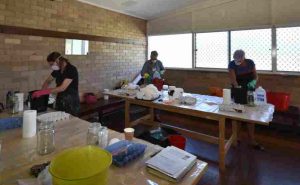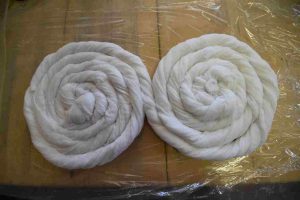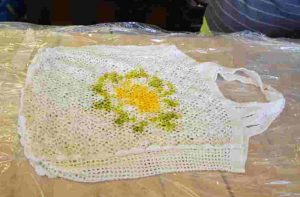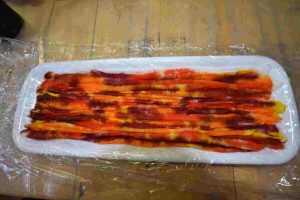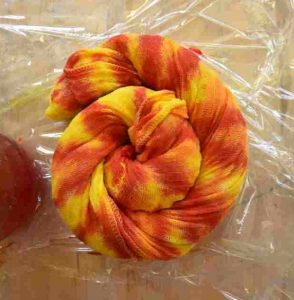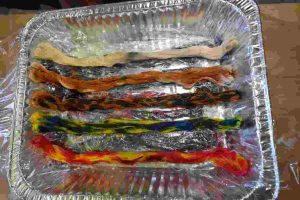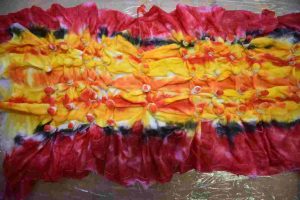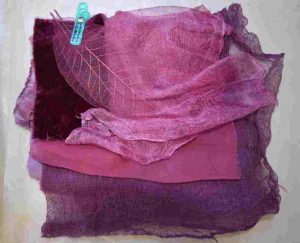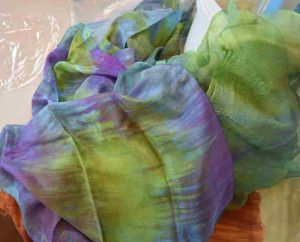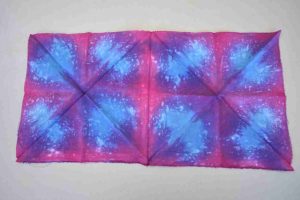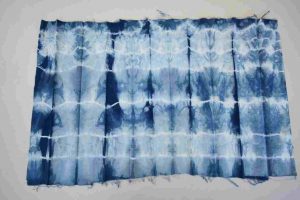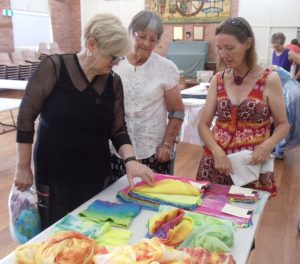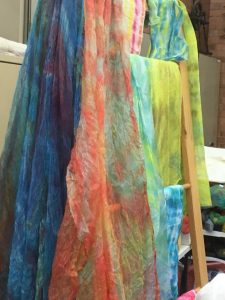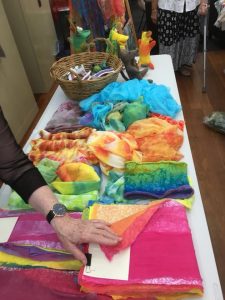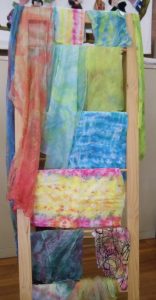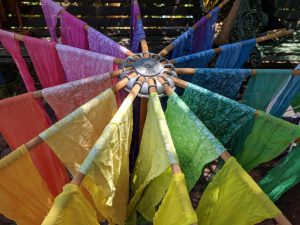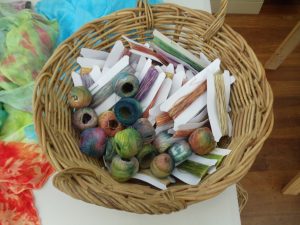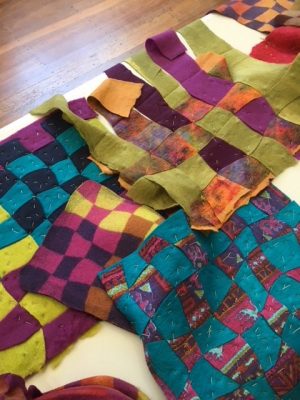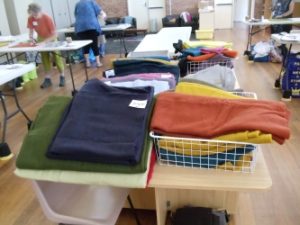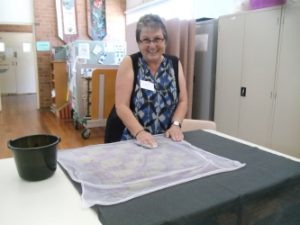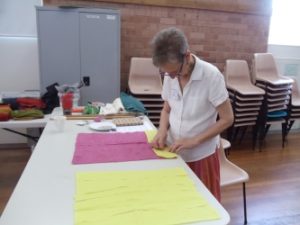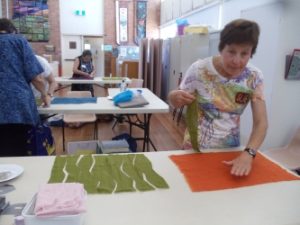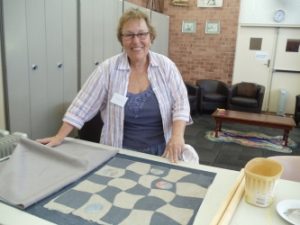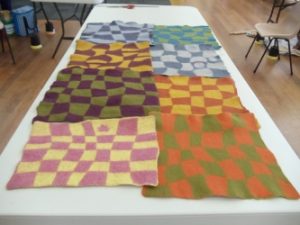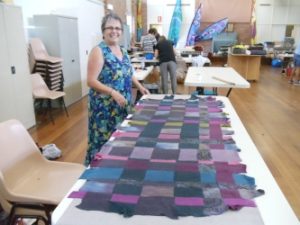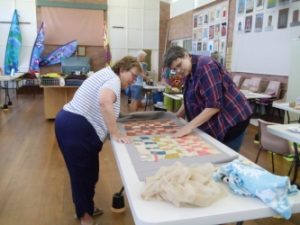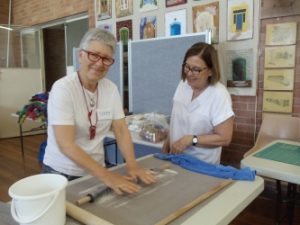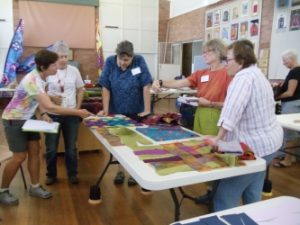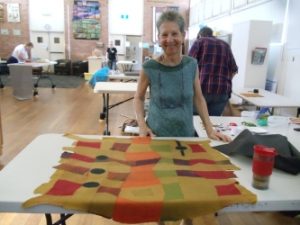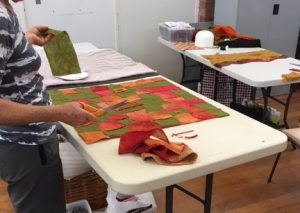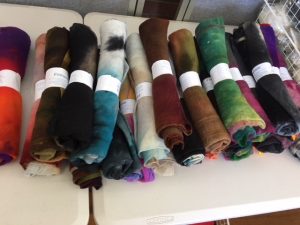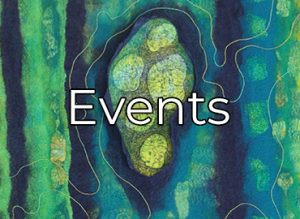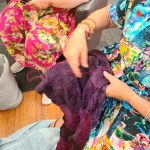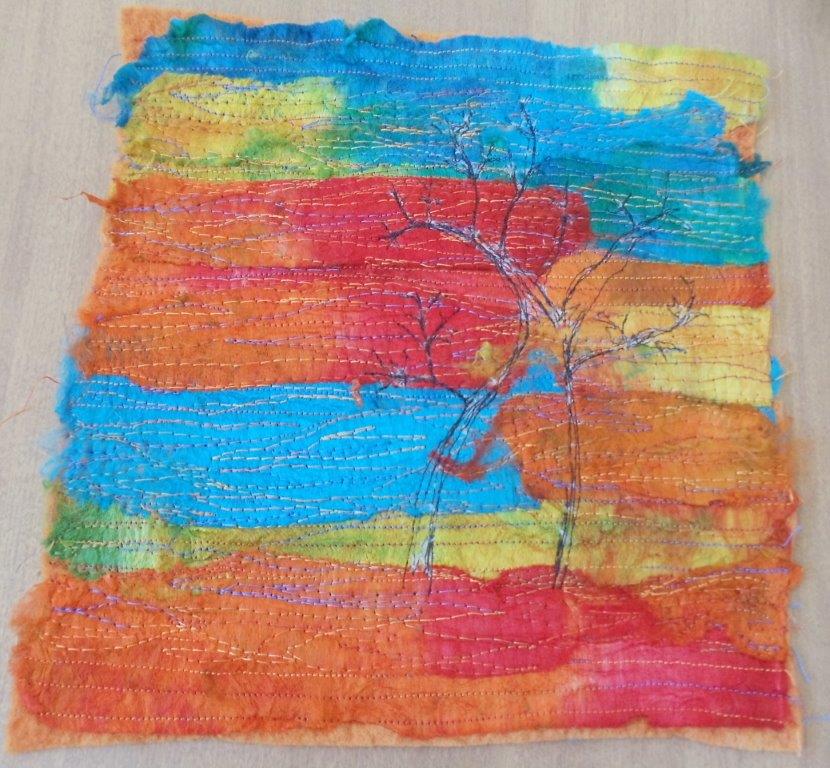
Saturday Felting 19 May, 2018.
Mini Workshop by Dale Rollerson – silk strippings and silk rods.
Dale Rollerson of The Thread Studio ran a mini-workshop/demo of silk strippings and silk rods.
They are both waste product in the process of spinning silk.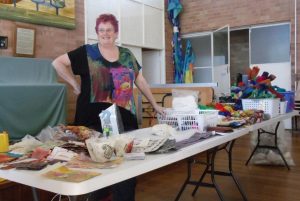
Silk strippings – is cocoon waste that cannot be spun. It still contains the ceracin which acts as glue when liquid and heat are applied. It can be used to make silk paper and embellished with fibres, threads, guilding flakes, colour spray and even images from sheer paper serviettes. Dale demonstrated and showed various samples of her explorations with strippings including moulding, stenciling and embossing .
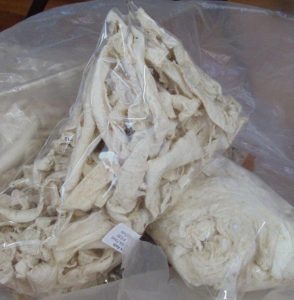
Silk rods – the waste that is cut from the spinning rods . These can be ironed open and separated and used to created or incorporate into more complex “paper” creations .
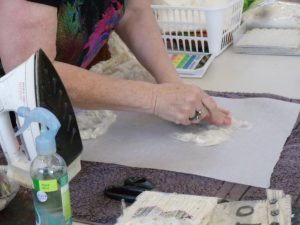

Dale inspired us to experiment having shown us endless possibilities and samples.
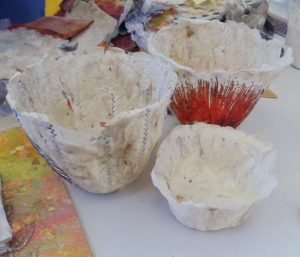

There was also a sales table of some of the product that she used and is available from The Thread Studio.
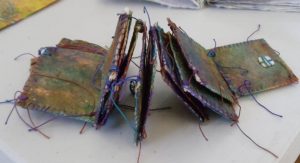

Meeting
Sue Eslick chaired the meeting as Karen Wood is away.
She welcomed the new members and confirmed the forthcoming workshops for July, August and September details of which are on the Feltwest website.
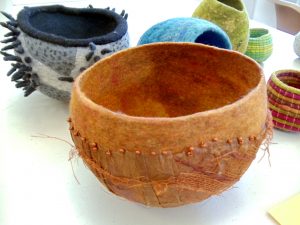
Martien van Zuilen’s July 6th + 7th workshop will be about vessels, holding form and surface design. She showed some examples of her work .
Martien will also be running the Mini-workshop on 16th June titled: Tunnels and Frameworks. She showed us a few samples , being a sneek peek of this exciting technique.
Unfortunately the Retreat has been cancelled and all members who enrolled will be re-imbursed in full.
We are going to the Royal Show – please join us.
We have been most fortunate to have been offered a sales stand ( at no charge) at the Agricultural Show in Claremont in September 22 – 29th. All details re planning , volunteering etc to be finalised and confirmed. A sub committee has been formed. Please start felting as we will be able to sell felted wear, check the rule with our committee, more to come.
A number of members will be participating in the Toodyay Fibre Festival on 3 June 2018, every one is welcome to come.
Mandurah is the place to be for art and creativity. Head down there at the end of the month – mid June to the Arts and Culture Precinct where it is all happening.
Toss n Tell
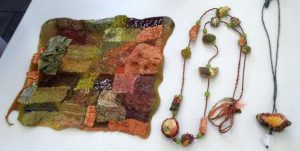
Liz – enjoyed the challenge of bead making at Nancy’s workshop and showed her lovely creations,
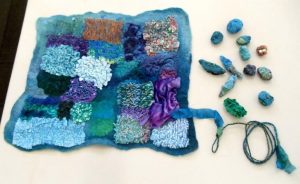
Peta‘s – beautiful blues.

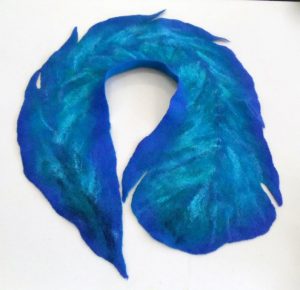
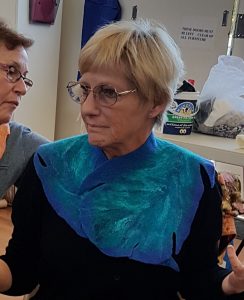
Sara – showed some of the bags and scarves that she has been tirelessly working on for her stall at the upcoming Toodyay Fibre Fair.
Kerry – showed us her sample “Spikes” for the next extension workshop on Tuesday 3 July. (sorry no picture will post on website soon)
Martien – showed her work called “Standing Tall” which consists of 5 blue felted vessels that will be on display at the exhibition – Beyond the Seam” on at a gallery in Mandurah (no pictures til officially unveiled). Thank you Martien.
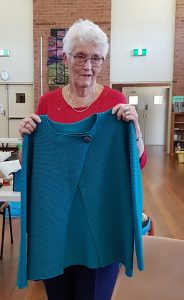

Pat – showed her beautifully styled turquoise machine knitted jacket.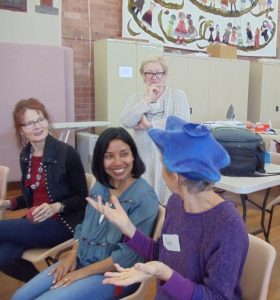
Sue Eslick – made a cheeky blue beret. A most interesting shape.
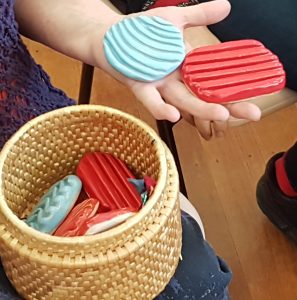
Marie is experimenting with clay to make a washboards for the palm, which will be highly glazed to be like glass.Watch this space.

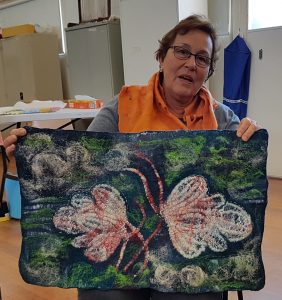
Marion show us her result from Katia’s Online workshop, her view is some part require Katia in person, but great result anyway Marion.

Peta’s Korb’s – needle felt Bilby’s
Thanks Marion and Sara for report & photo’s.
catch you next month.
Liz
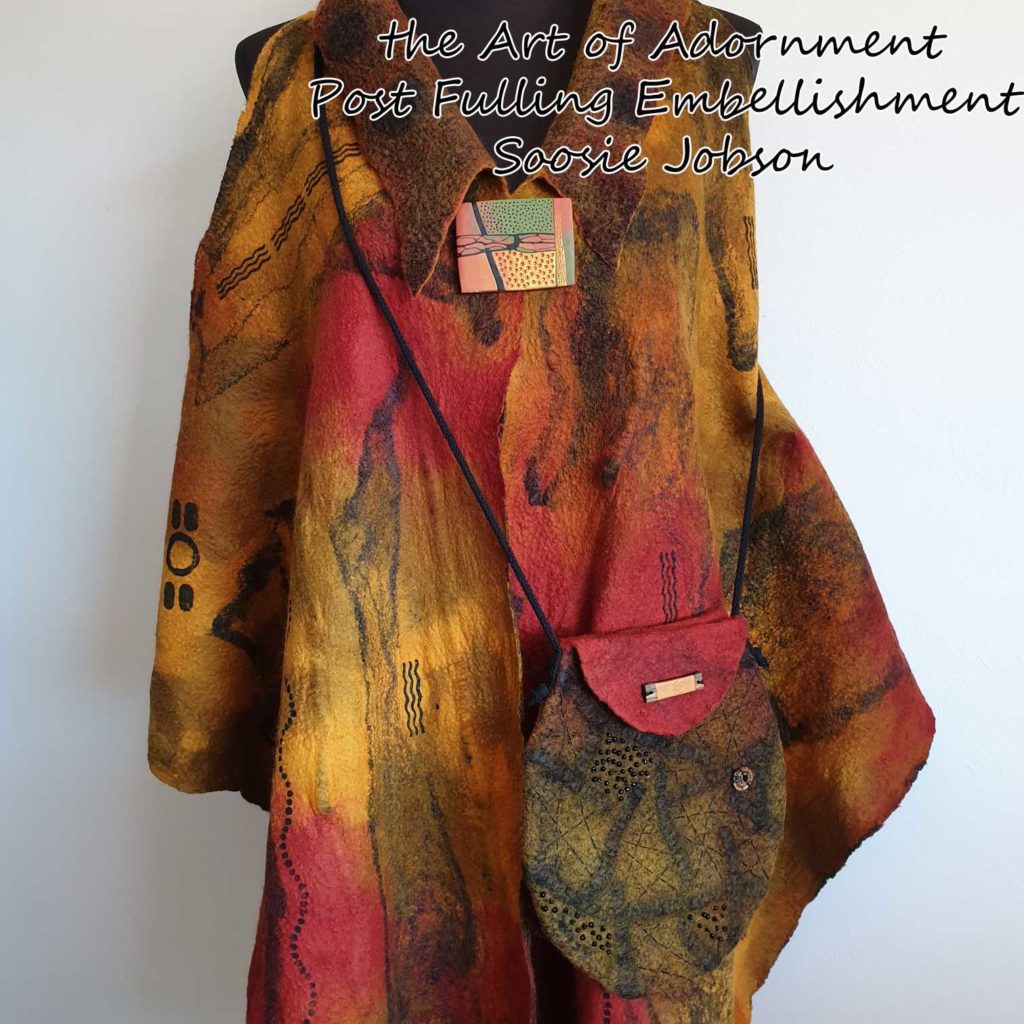
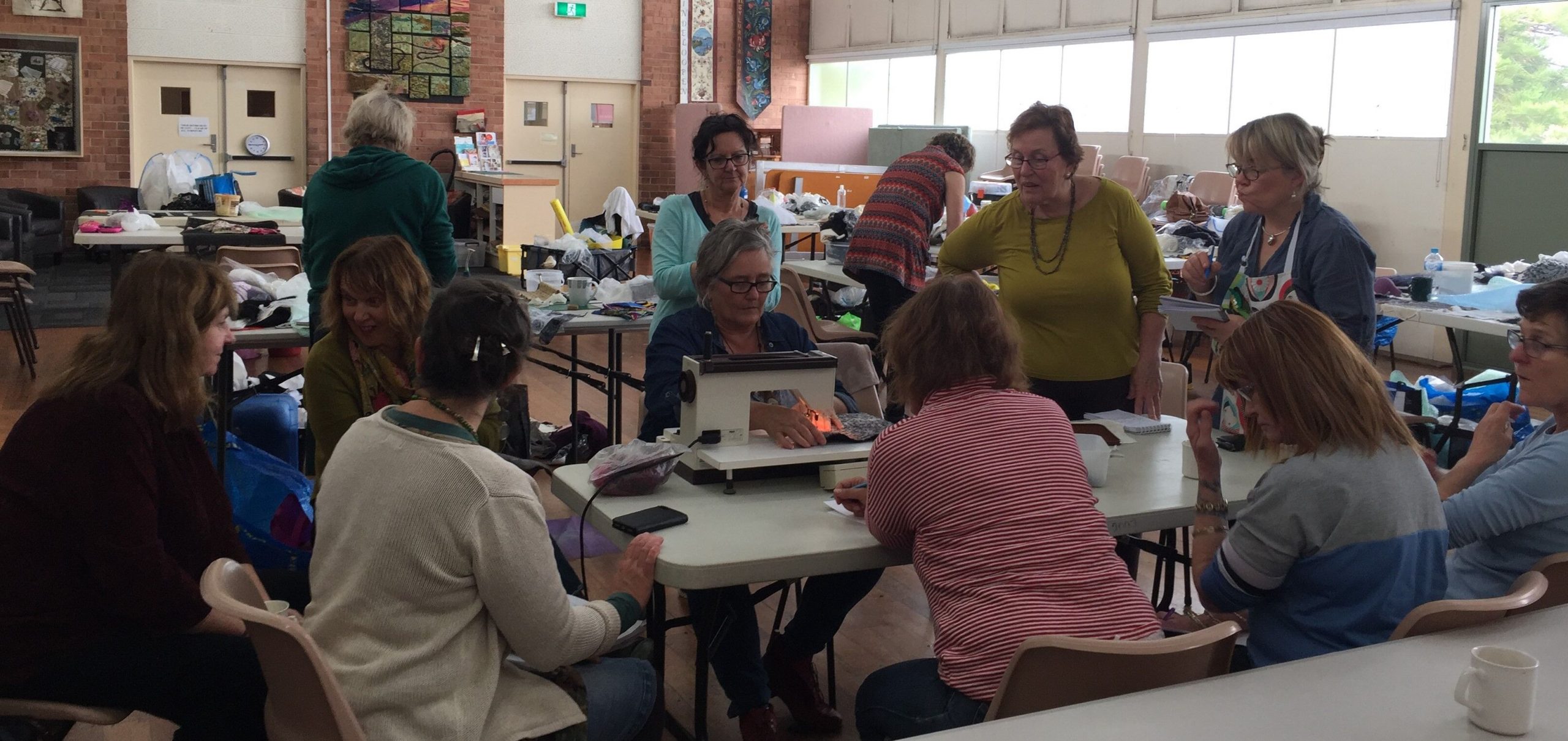
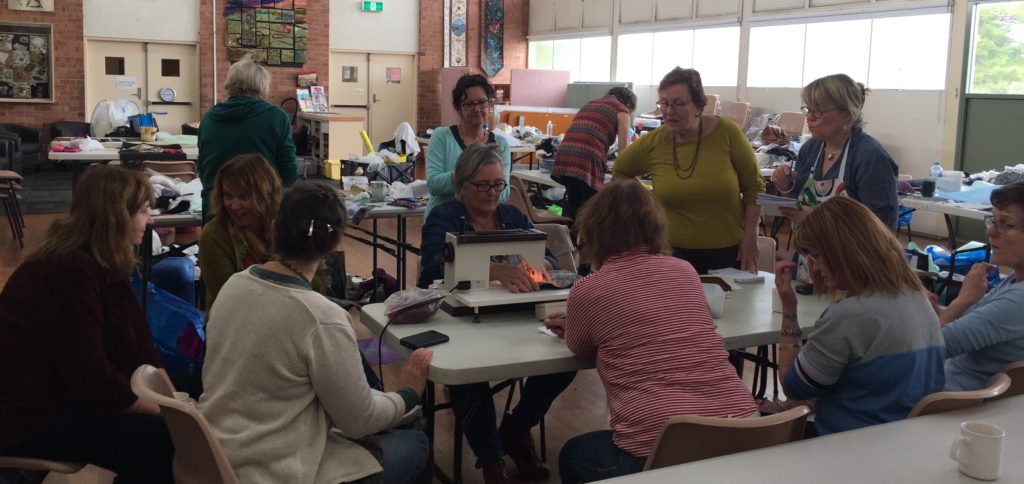




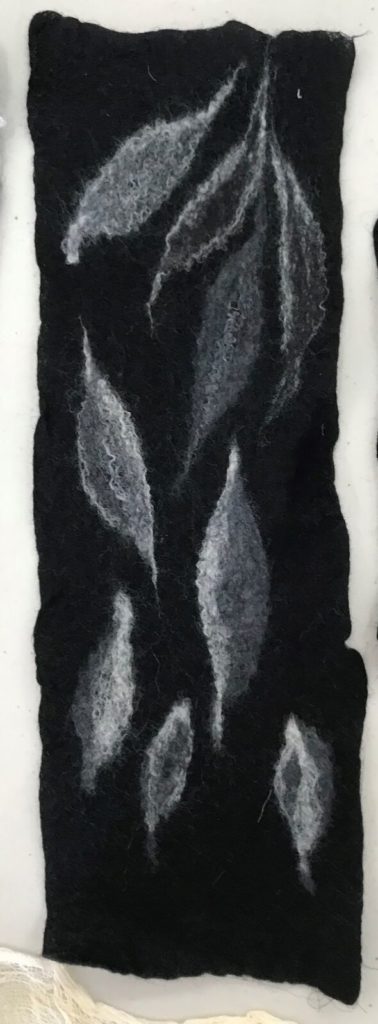
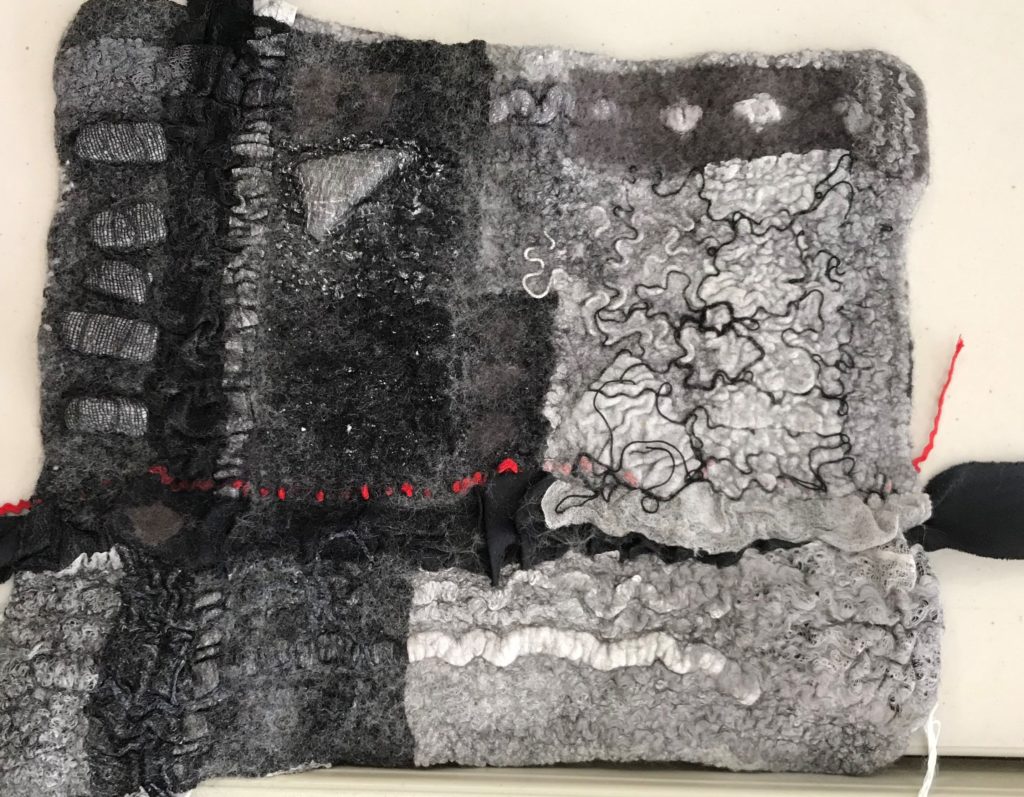

























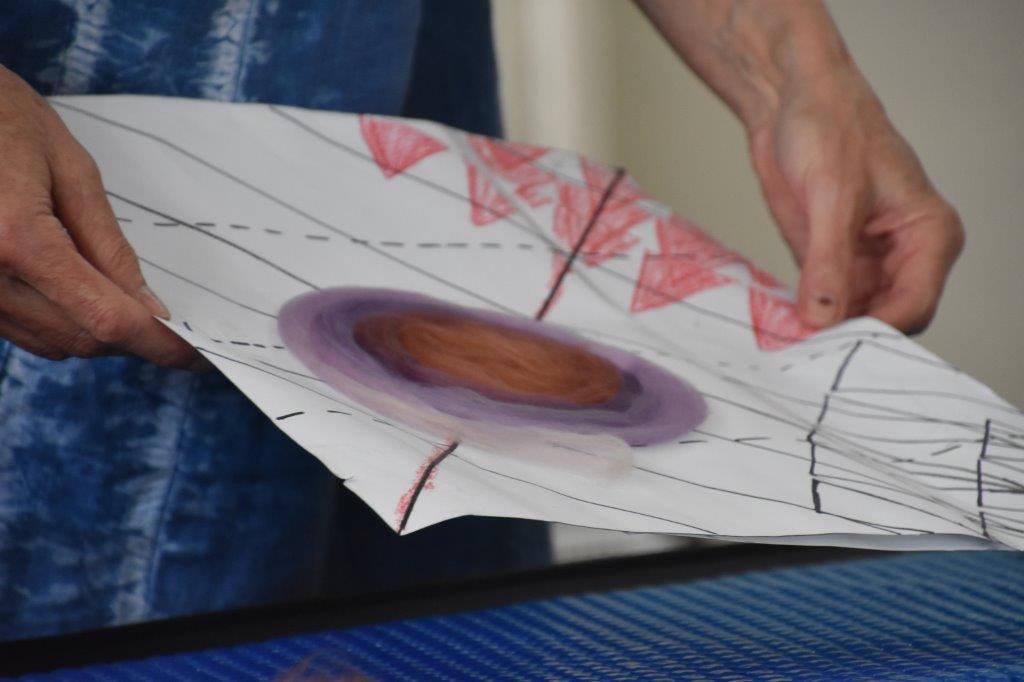
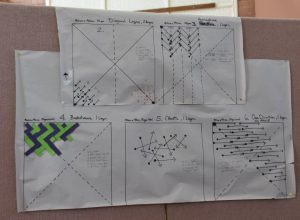
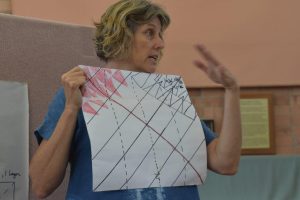
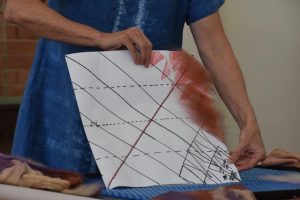
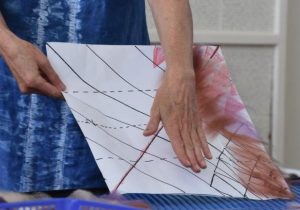
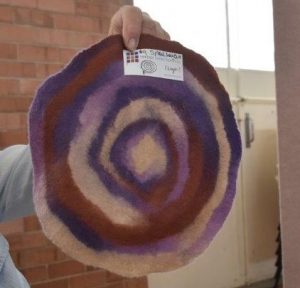
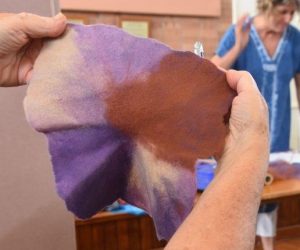
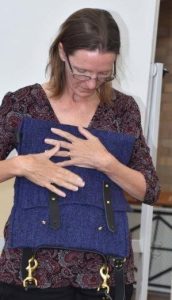
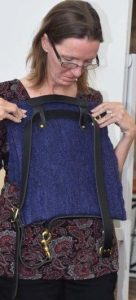
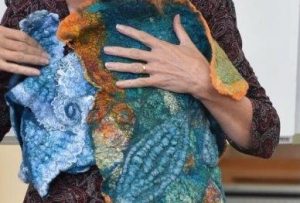
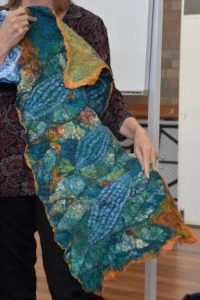
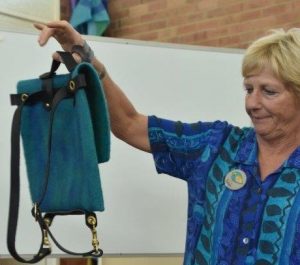

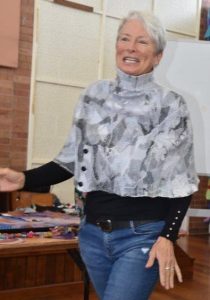
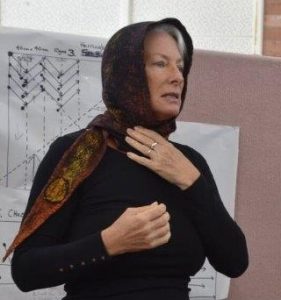
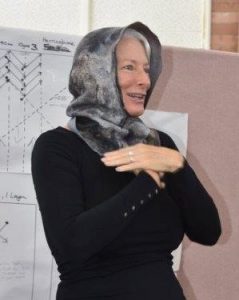
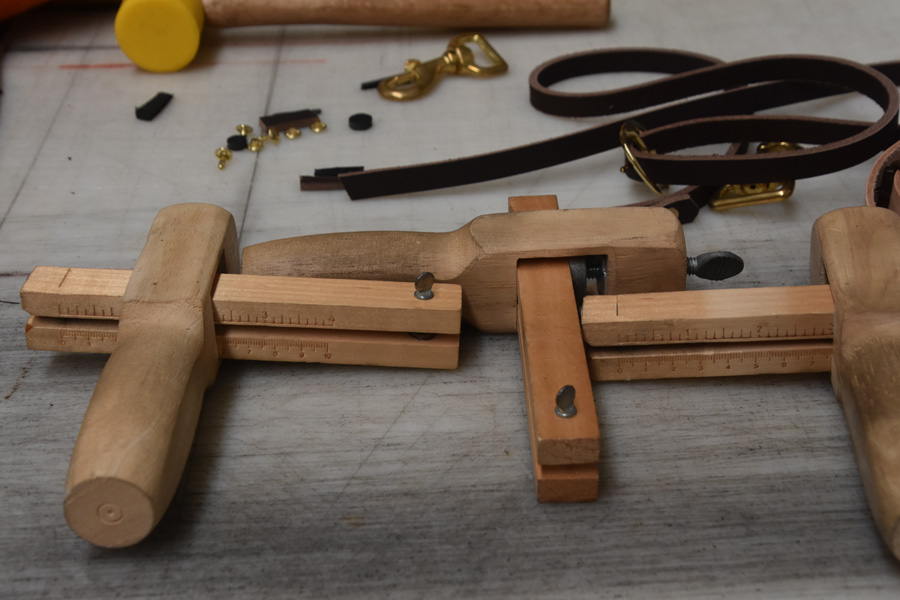
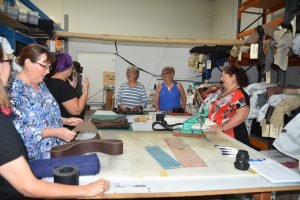
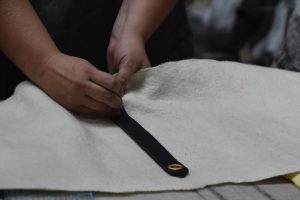
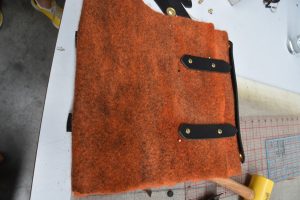
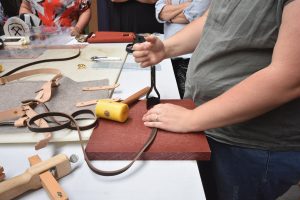
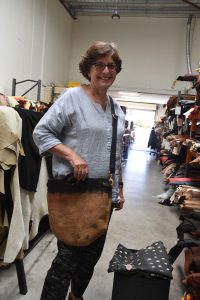

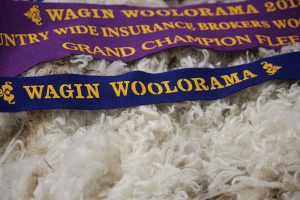
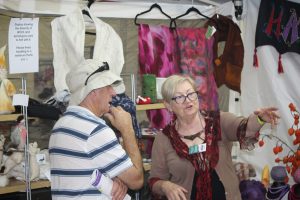 Feltwest had a 3x3m display where we were able to:
Feltwest had a 3x3m display where we were able to: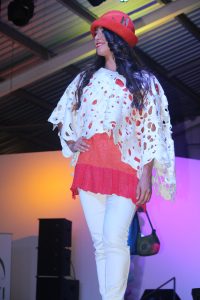
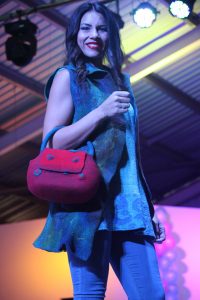
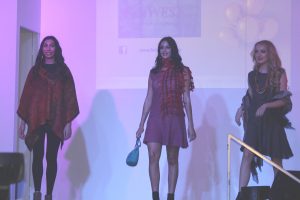
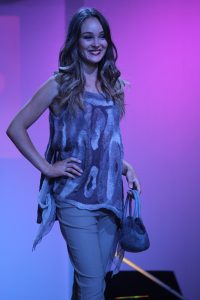
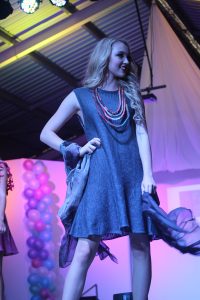
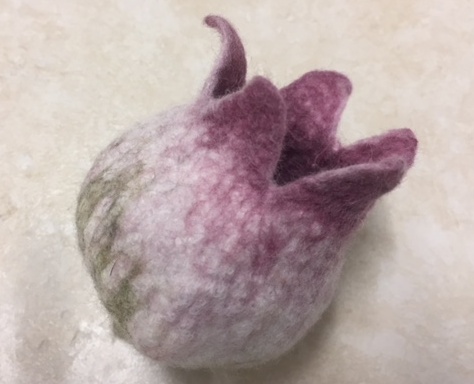
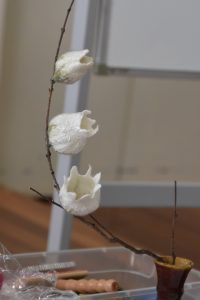


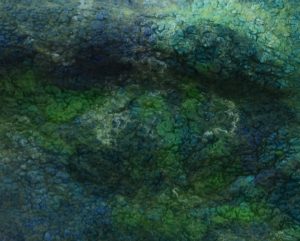

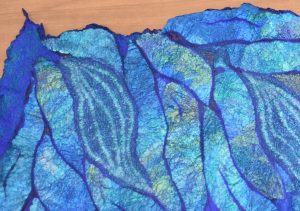
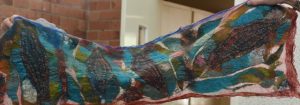
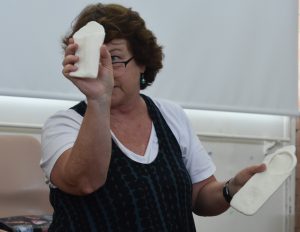
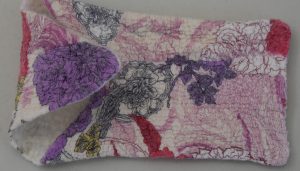


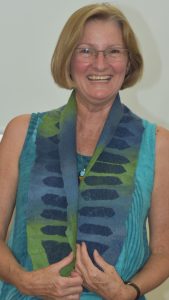
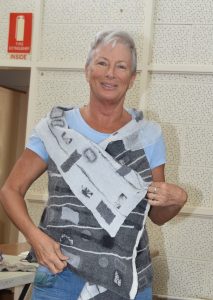
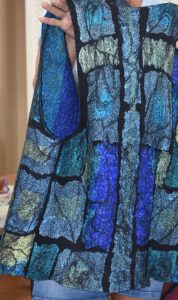
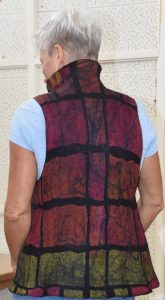
 She also made two large poncho style wraps in monochromatic colour schemes that look really effective.
She also made two large poncho style wraps in monochromatic colour schemes that look really effective.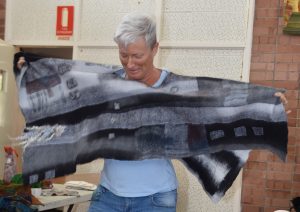
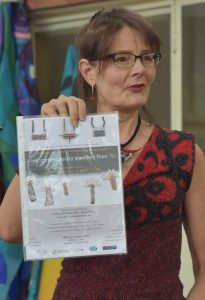
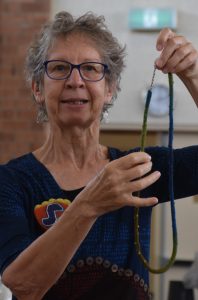
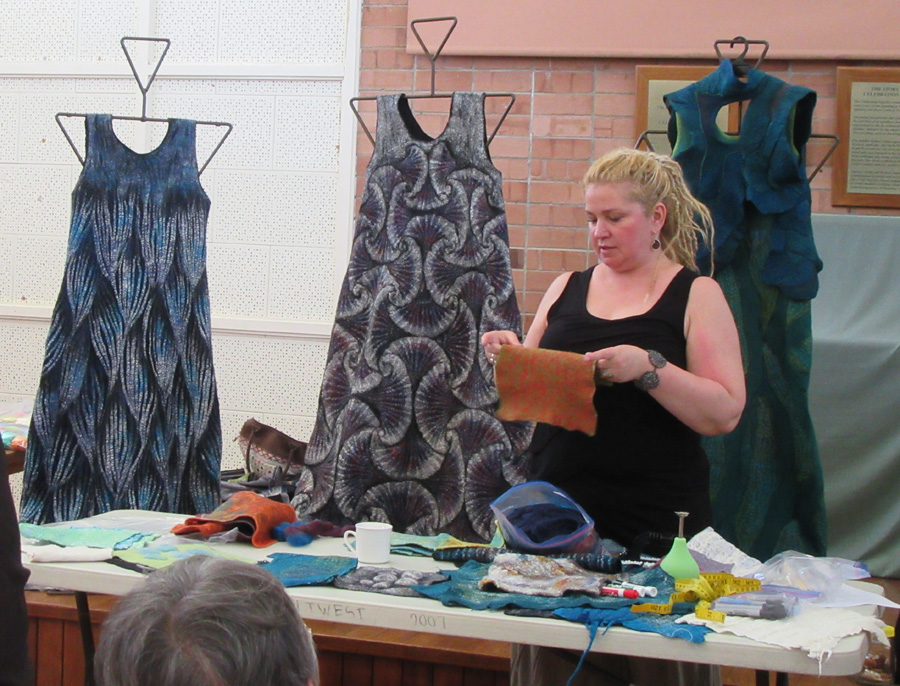
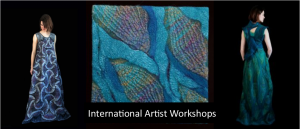


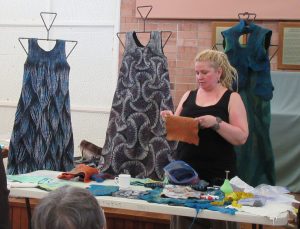
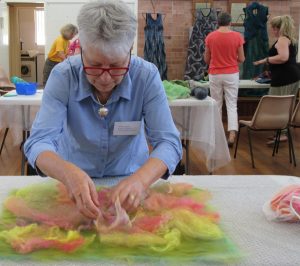
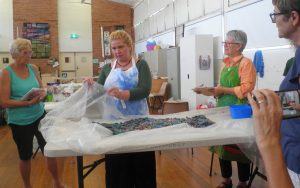
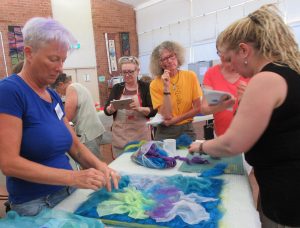
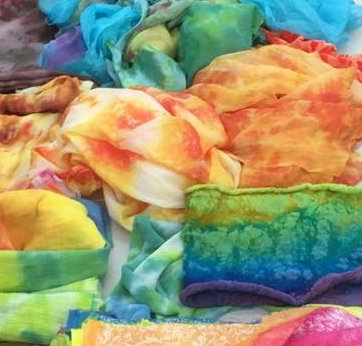
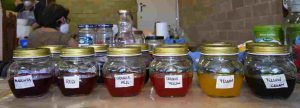 Sara’s aim was to teach participants how to pattern silk and cotton with fibre reactive dyes using a low immersion technique-ie by applying dye directly and manipulating the fabric. This was done using basic equipment in a small work area.
Sara’s aim was to teach participants how to pattern silk and cotton with fibre reactive dyes using a low immersion technique-ie by applying dye directly and manipulating the fabric. This was done using basic equipment in a small work area.